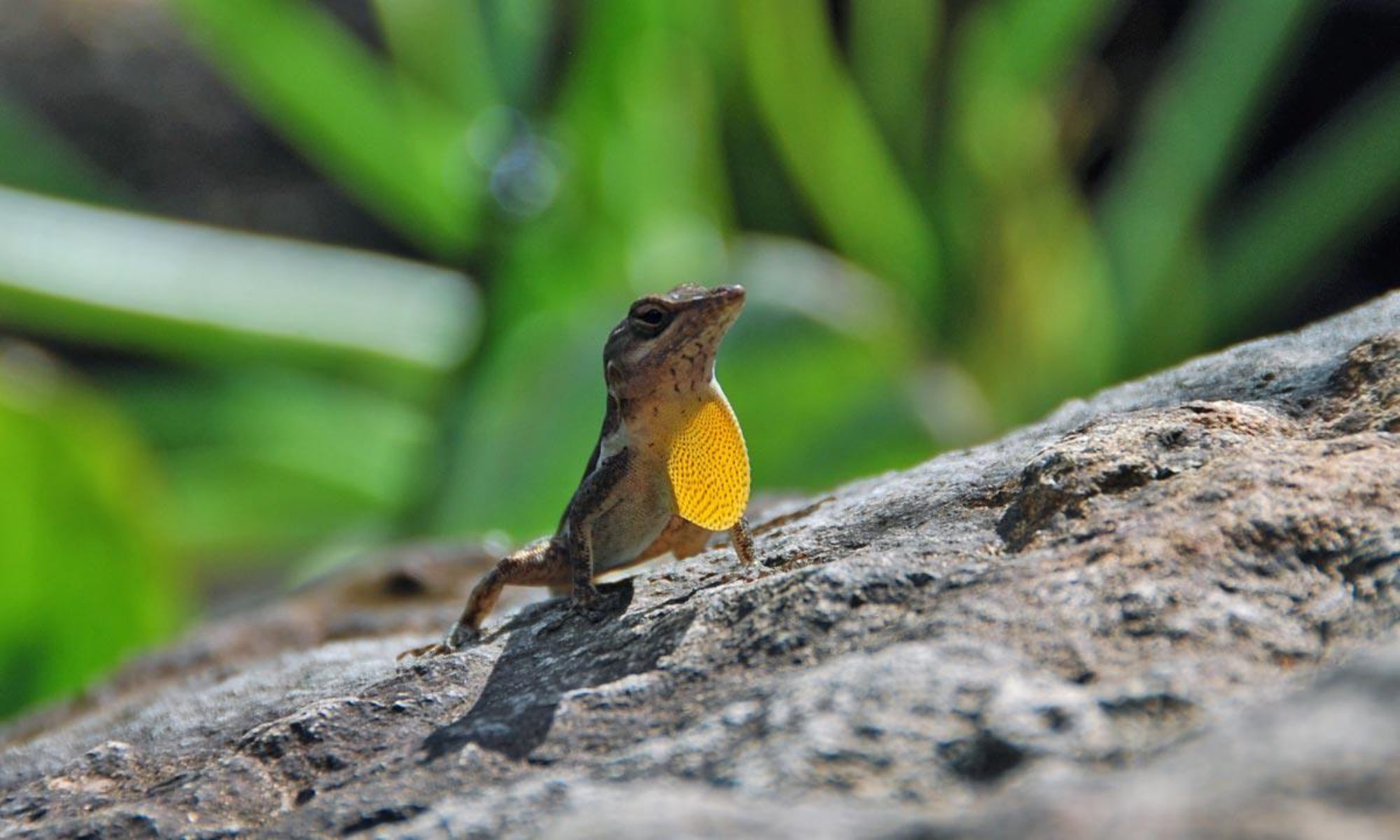On May 1st 2018 Hawaii passed a historic bill banning the sale of sunscreens containing oxybenzone and octinoxate. Both chemicals are known to cause coral bleaching. Reef safe sunscreen and SPF protective clothing are readily available.
Coral reefs have three important economic impacts – protecting coasts from erosion, promoting a diverse and healthy ocean, and of course tourism. Without coral, our life and livelihood will be severely challenged.

A 2015 study on Trunk Bay in the USVI estimated 6,920 lbs of sunscreen is deposited on the reef every year. The beach averages 2,000 visitors a day (up to 6,000 in high season!) – a good comparison to our beaches on St Maarten. The chemicals don’t just kill our coral, they bio-accumulate, working their way up the food chain and into the food we eat.
Most sunscreens also contain a number of other chemicals which raise concerns, especially considering that our skin is the largest organ in our body. Parabens, and fragrances are two worth mentioning, but the Environmental Working Group (EWG) has a long list of chemicals that they believe should be kept off our bodies. They also publish an annual guide of suggested sunscreens, many of which are also reef safe.
Why do we need sun protection anyway?
Multiple blistering sunburns, especially in childhood, are linked to melanoma, a deadly form of skin cancer. Melanin does offer some protection, but melanoma is possible across all skin tones.
Other types of skin cancer, like basal cell carcinoma, are also linked to excessive sun exposure. Besides cancer, UV rays also cause premature aging, freckles, melasma (mask of pregnancy), and painful sunburns.
Vitamin D
The sun also provides us with good things: Vitamin D. Our bodies need vitamin D to absorb calcium and promote bone growth. We make vitamin D from exposure to the sun. According to WebMD, Vitamin D deficiency has been linked to breast cancer, colon cancer, prostate cancer, heart disease, depression, and weight gain.
Vitamin D is important, but we need to find balance between healthy levels and avoiding sunburns. The Norwegian Institute for Air Research publishes a handy calculator that takes skin tone, latitude, time of day, and environment into account.
The calculator assumes your face, hands, and arms are exposed. At 18*N and 63*W a pale Caucasian needs 3-5 minutes of daily midday exposure, depending on the time of year. Those with the darkest complexion get their vitamin D in 13-31 minutes per day, again, depending on the time of year.
So what should we do?
The first line of defense should be shade – staying out of the midday sun, except for short periods, between 10am and 3pm.
In the beautiful Caribbean, that isn’t always possible – we have numerous beaches to explore! SPF protective clothing should be the second line of defense.
Protective SPF clothing is rated in a similar way to sunblock – Choose SPF 50 for the most protection, and don’t forget to wear a hat! A white t-shirt only provides about SPF 4, so don’t rely on that for protection.
Not all areas of skin can be covered, and it is still possible to get a sunburn with a hat. Non-nano mineral based sunscreen is still necessary for most people who plan to spend any length of time on the water, beach, or snow.
Resources:
SPF Clothing: Chose clothing which achieves the SPF rating using a tight weave, rather than those using a chemical coating. Remember to follow the washing instructions and replace as soon as you notice the fabric wearing out. The Scuba Shop in Simpson Bay, St Maarten has a wide range of SPF clothing, hats, and rash guards to fit all ages.
Hats: Choose a wide brim, and don’t forget an adjustable chin strap! For kids, we love the Sunday Afternoon’s Play hat. It has an adjustable chin strap and an adjustable head circumference.
Reef Safe Sunscreen: Reef Safe sunscreen is getting easier to find. Badger makes a kid’s SPF 30 available on Amazon that works well for the whole family. St Maarten Nectar makes Vegan Reef Safe Sunblock, right here in St Maarten. They have a shop in Marigot, as well as a lab and a retail shop in on the way into Simpson Bay (opposite Megaplex Theater). They also sell their products online. The Scuba Shop in Simpson Bay, stocks Sun Bum, who recently switched all their sunscreens over to reef safe ingredients.
Sources:
New York Times – Hawaii Passes Bill Banning Sunscreen That Can Harm Coral Reefs
NCBI – Sunscreens Cause Coral Bleaching by Promoting Viral Infections

